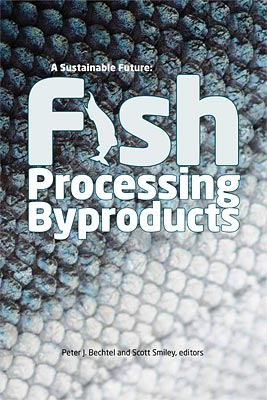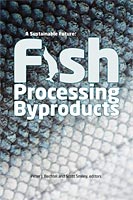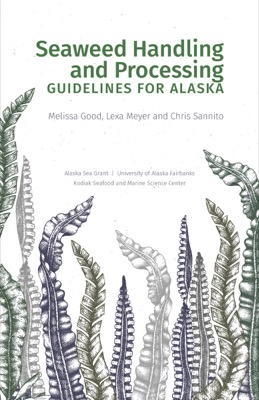
Physical and chemical properties of pollock and salmon skin gelatin films
R.J. Avena-Bustillos, B.-S. Chiou, C.W. Olsen, P.J. Bechtel, and T.H. McHugh
- Price: $1.50
 This is part of A Sustainable Future: Fish Processing Byproducts
This is part of A Sustainable Future: Fish Processing Byproducts| Format | Price | |
|---|---|---|
| PDF download [167.1 KB] | $1.50 | Add to Cart |
Description
This study evaluated the barrier and mechanical properties of Alaska pollock (Theragra chalcogramma) and Alaska pink salmon (Oncorhynchus gorbuscha) gelatin films and related these to amino acid composition and gel properties.
Gelatin was made by extracting heat-soluble proteins from the skins of pollock and pink salmon with water, evaporating this to dryness, and rehydrating it under controlled conditions. Dynamic rheology was used to characterize the fish gelatins' gelation and melting behavior. Films were made from the gelatins and water vapor permeability was determined at 25ºC and in an 80% to 0% relative humidity (RH) gradient using a gravimetric method. Oxygen permeability was determined at 23ºC and 55% RH through a 100% oxygen gradient using a Coulox detector. Tensile strength and elongation were measured on film strips after equilibration at different percent RH. Oxygen permeability of pollock gelatin films was significantly lower than for salmon gelatin, and tensile strength was significantly higher as well. Tensile strength decreased and elongation increased at higher percent RH for each film. Pollock gelatin proteins had lower proline and hydroxyproline content than those from salmon gelatin.
This study demonstrated significant differences in barrier and mechanical properties between pollock and salmon gelatin films. Differences in amino acid composition of these gelatins affected their physical properties and potential applications. The lower oxygen permeability and higher tensile strength of pollock gelatin film could be useful, particularly for applications related to reducing water loss and oxidative degradation of foods and drugs.
Item details
- Item number: AK-SG-10-02w
- Year: 2010
- DOI: https://doi.org/10.4027/sffpb.2010.23



